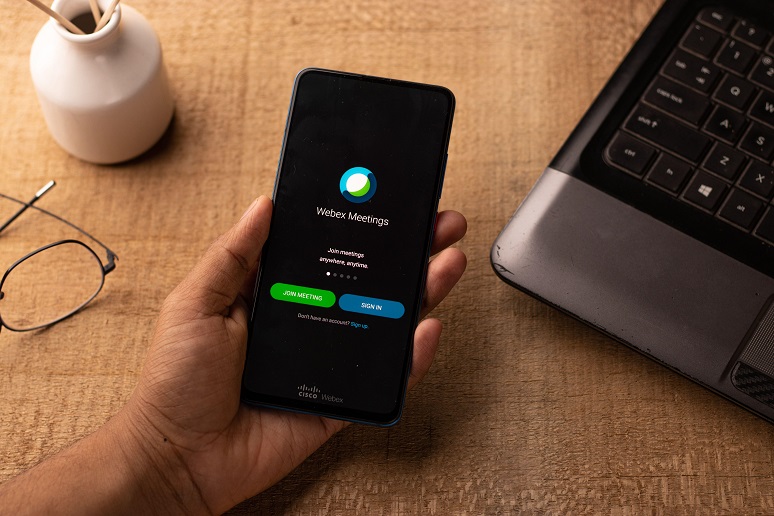Continuing its work around accessible communication and collaboration tools,
Cisco shared an update to its Webex meeting and event products in a blog post this week.
First, Cisco announced several updates to its Webex service, including:
- More automated closed caption language: Leveraging natural-language processing, Webex can translate spoken English into one of over 100 languages. Soon, Cisco users will have the ability to translate 13 different languages spoken in a meeting into one of over 100 languages. Cisco didn’t specify which languages.
- Closed captions decoupled from the Webex Assistant: With closed captions decoupled from the Webex Assistant, users will be able to view closed captions without needing to turn the feature on during a video meeting.
- Webex audio intelligence: Generally available this February, the “Optimize for my voice” feature will use machine learning to make your voice clearer to meeting participants, while the “Optimize for all voice” will boost the clarity of all speakers and block out background distractions.
Additionally, for its hybrid event platform Webex events, Cisco revealed several updates, which are:
- Revamped interpreter experience: When an event host adds an interpreter to an event invitation list, a new icon will display next to their name as a way to distinguish them from other panelists. Additionally, event interpreters will also have more control over the experience, allowing them to hand off the video stream to another interpreter.
- Participant event controls: When participants join an event, they can select their preferred language when and adjust the balance between the interpreter and the other speakers.
- Sync stage: Event hosts and co-hosts can sync the event stage to control what appears on the video screen for everyone. For instance, event hosts can make a sign-language interpreter always present during the events video stream.
Accessible Design: The Next UC Battle?
Zeus Kerravala, founder and principal analyst with ZK Research, explained to No Jitter how these updates address the communications/collaboration needs of non-tech savvy users, older workers, and those with disabilities. “Historically, UC and collaboration tools were meant for power users,” Kerravala said. “It's not that the systems were difficult to use per se, but you had to use them regularly to get comfortable [with them].”
To that end, Cisco has been rolling out a series of features to boost inclusivity features within its Webex platform. Last year,
Cisco expanded its real-time translation service to include nearly 100 languages, which uses machine learning to improve the accuracy of translations over time. At the time of that announcement, Cisco shared
Metrigy research that showed 24% of all meetings had a least one or more participants who didn't speak English natively.
To support its accessible-design initiatives, Cisco tapped in-house expertise with its employee group (Connected Disability Action Network) that tests and provides feedback on Webex accessibility features. The company also formed the Webex Accessibility Customer Advisory Council, where customers could share their perspectives on accessibility and Webex features.
“
Cisco has taken inclusivity to heart and enabled people to easily collaborate and communicate any way they like,” Kerravala said. “Interpreters, customization, closed captioning and other features open the door to people that could never have taken full advantage of Webex before.”










